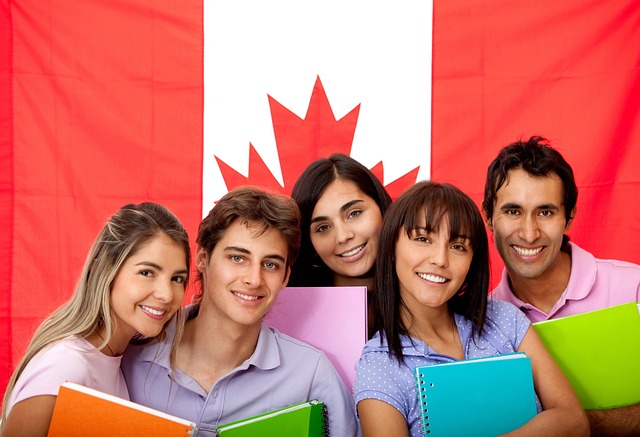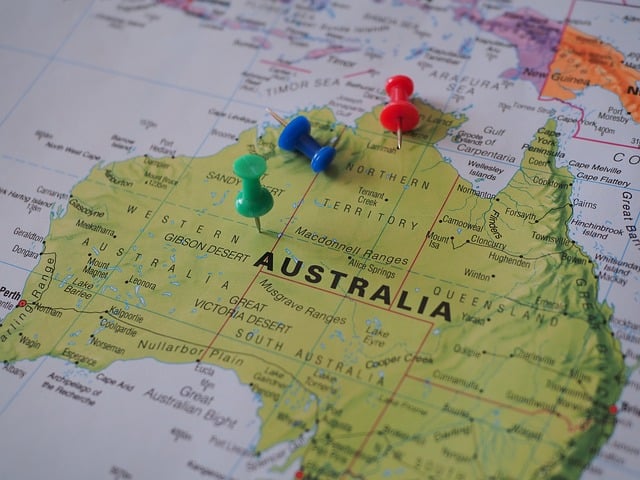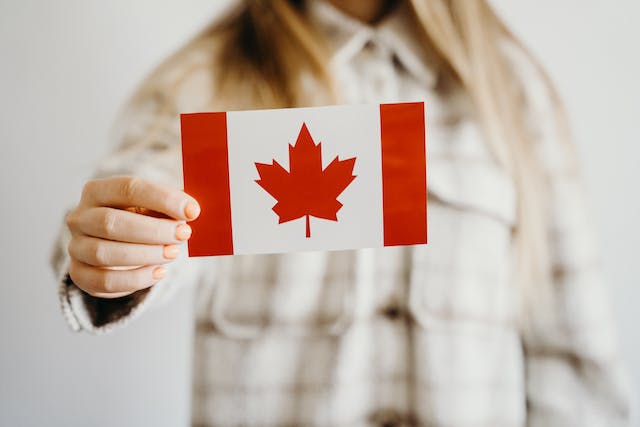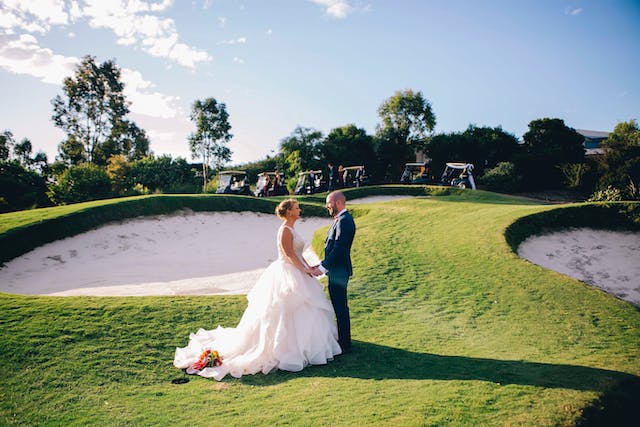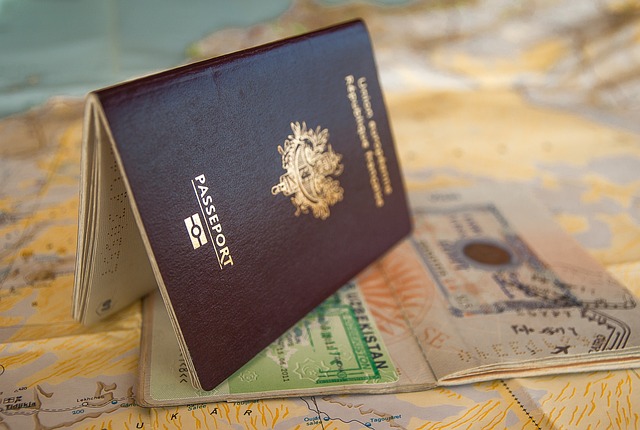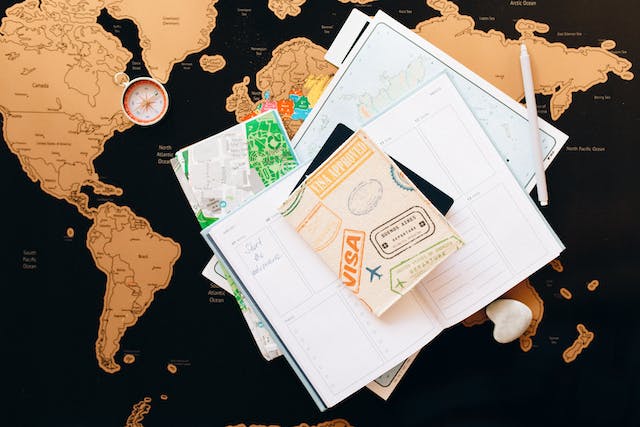Students looking to study in the U.S. must carefully prepare for their student visa process, selecting an academic program suitable to them and ensuring they have all their documents ready before attending an interview.
Interviews will consist of questions consular officers ask regarding applicants’ education and plans in their country of citizenship. Candidates should be prepared to answer all such queries truthfully and concisely.
Choose a Student Visa Category
Applying for a student visa entails meeting several requirements. These include being accepted into a course of study at an SEVP-certified school, providing proof of financial support sufficient for tuition and living costs during study in the U.S., and showing clear intentions to return home after completing studies in America.
Applicants must also pass an English Language Testing System (IELTS) examination to demonstrate their capability of completing their academic course, demonstrating they possess all the skills needed to succeed in their chosen field of study and communicate effectively with fellow students and professors.
Students must also prepare for visa interviews at the nearest American embassy or consulate. A consular officer will review their application and documents, asking questions related to the course of study, motivation for studying in the U.S., postgraduate plans, etc. Students should answer confidently and clearly during this process.
Acceptance to SEVP-Certified School
Step one in applying for an American student visa is being accepted to a SEVP-certified school, which Homeland Security has authorized to enrol foreign students in its academic programs.
Acceptance rates differ across nations due to numerous factors. These may include geopolitical situations and the perceived risk of visa overstay. Countries like Venezuela that experience high levels of political or economic instability often have lower acceptance rates.
An SEVP-accredited school must typically offer
An academic degree or professional qualifications, an acceptable English proficiency level, sufficient financial resources to support their study program, and an intention to return home after completion are essential criteria for SEVP certification. Furthermore, all state requirements must also be complied with before operating as an institution of higher education. Following SEVP regulations is also an essential factor; recertification will take place during on-site reviews of schools; failing this, withdrawal proceedings could occur against them.
Receive Form I-20
After being accepted to a U.S. college or university, international students receive Form I-20 from their school as part of the visa application process. This form enumerates information regarding academic eligibility and financial documentation for admission. To secure a visa interview appointment with U.S. Immigration authorities, students should bring these forms along with other important documents like a passport, DS-160 confirmation page receipt, and SEVIS fee receipt as proof of funds for studying in America.
Students can pay the SEVIS fee online, by phone, or in person at an American Embassy or Consulate. This fee goes toward maintaining the Student and Exchange Visitor Information System (SEVIS), which keeps track of students and nonimmigrant non-citizens within the U.S.
At their visa interview, students need to clearly communicate their reason for studying in the U.S. and their plans after graduation – failing to do so could result in their application being denied. Furthermore, students must abide by all terms and conditions associated with their visa, such as not working without permission and reporting address changes promptly.
Pay SEVIS Fee
The SEVIS fee is one of several non-refundable fees associated with U.S. student visa applications used to finance the Student and Exchange Visitor Program’s monitoring of students in the U.S. Payment must be made online via the SEVIS website.
Once an application has been submitted, a U.S. visa interview will be scheduled with a consular officer to assess the applicant and ensure they qualify for a U.S. student visa. At this interview, questions about English skills, academic qualifications and financial resources may be posed to assess eligibility for such a visa.
The applicant must demonstrate they have enough money in their bank accounts or educational loans for study and living expenses without needing to work. Bank statements or sanction letters from educational loans should be sufficient. Applicants for F-1 visas will also be required to show proof that they possess medical coverage and work on campus in approved roles – these documents should serve as evidence.
Complete DS-160 Form
Once applicants receive acceptance letters from SEVP-certified schools, they should begin the visa application process by filling out and submitting the Online Nonimmigrant Visa Application Form DS-160. In addition to paying their visa application fee of about $160, applicants must present evidence of financial resources and past academic transcripts as proof.
The next step in applying for a U.S. student visa is scheduling a visa interview at either an Embassy or Consulate of the U.S. In this interview, a consular officer will evaluate whether an applicant meets all eligibility criteria to be issued a student visa; they must demonstrate sufficient funds for tuition expenses and living costs and have strong intentions of returning home after completion of studies.
At an interview, applicants must remain honest and concise in their answers. Visa officers look for students who clearly articulate why they wish to study in the U.S. and how it will contribute to their career goals. They may also inquire about family ties in their home country and future career plans.
Pay Visa Application Fee
Sometimes, students who cannot satisfy minimum financial requirements may find their visa denied. Furthermore, visa officers might determine that they pose a security threat or have violated prior visas; to prevent these scenarios from arising, it is wise for students to start the student visa application process six to nine months in advance of their intended fall intake in 2024 – including applying for admission and filling out a DS-160 form.
Students should prepare for their visa interview by gathering answers to any inquiries about their academic background, English proficiency (if necessary) and financial ability. Aiming to make a positive first impression on the visa officer requires punctuality, dressing well, and acting confidently. Furthermore, students should check that their passport is valid to travel to the United States; otherwise, they should contact their consulate or embassy immediately for instructions; additionally, they will pay a visa issuance fee that differs according to country of residence.
Document Checklist
Once students gain admission to their chosen U.S. university and receive Form I-20 or DS-2019, they must pay the SEVIS fee and attend a visa interview. Embassy officials use the visa interview as part of the U.S. student visa application process to assess if students are in eligible academic programs with enough funds available for study and plan to return home after completion of studies.
As such, students must prepare thoroughly for their interview by providing evidence of acceptance by their university and financial capacity to cover tuition and living costs. Furthermore, applicants should be ready to outline their academic and career goals within the United States and show strong ties back home that will enable them to return upon completing their studies.
Students should make sure to bring their passports. A valid passport is needed at every step in the U.S. student visa application process, including filling out and submitting the DS-160 form and attending a visa interview. It must remain valid for six months beyond an applicant’s anticipated stay period in America.
Visa Approval and Entry to the U.S.
Once you have completed the U.S. Student Visa Process 2024, it is time to enter and begin your studies. At your visa interview, it will be essential that you demonstrate that you are a genuine student with plans of studying before returning home after graduating, as well as proof that there are sufficient financial resources to cover tuition and living costs.
An impressive performance at your visa interview can make or break your chances of receiving a U.S. Student Visa. A consular officer will ask questions regarding your ties to your home country, plans after graduation and English language skills – be prepared to respond confidently and clearly!
Digital fingerprint scans may also be taken at your interview to identify and verify applicants for various visa categories. Please be aware that this service fee is non-refundable – planning and budgeting accordingly are both key components of the U.S. Student Visa Process.
